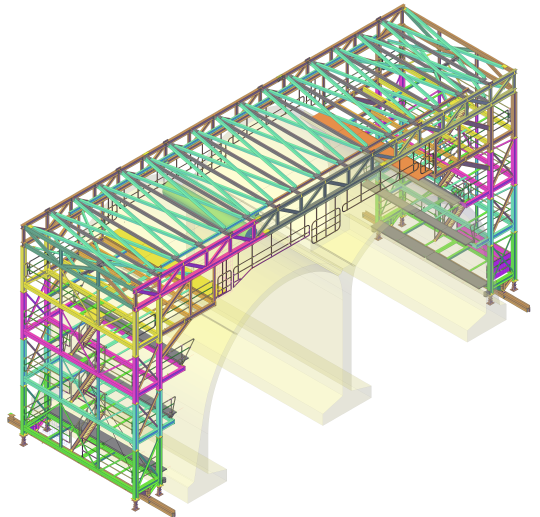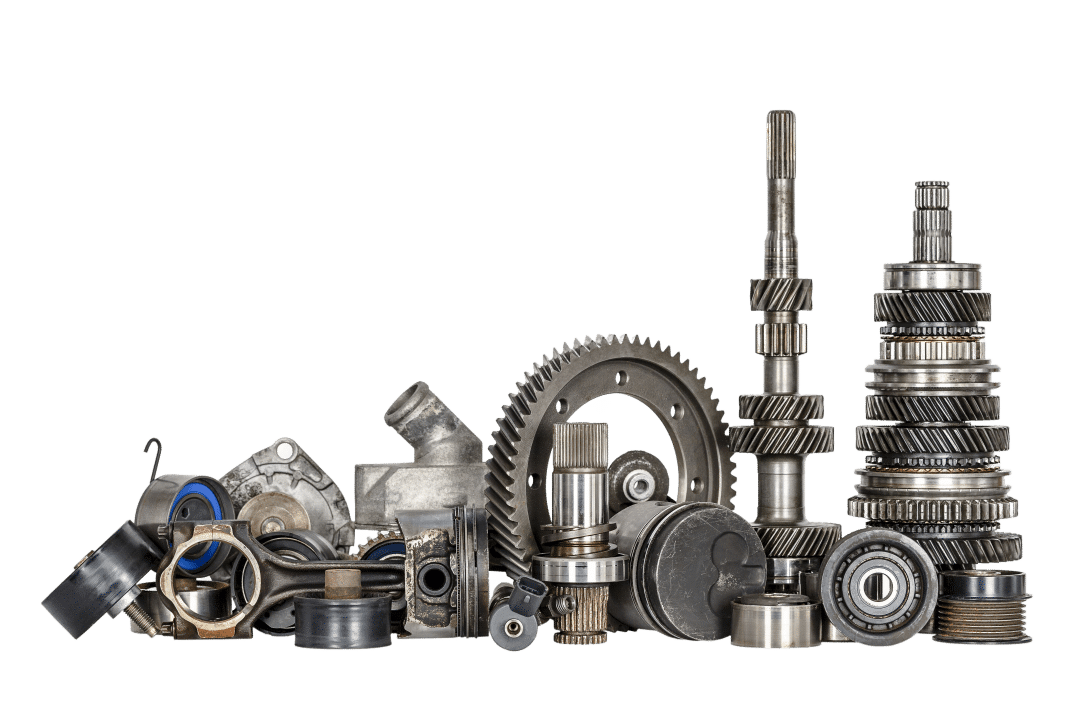As a company, Restoric Design offers a vast array of CAD technicians who are experienced and equipped to deliver the best possible outcome for your project. In this article, we take you through some of the key CAD programmes employed by our best technicians and their relative uses in steel drafting.
The Industry
It’s important to recognise the intricacy and high level of skill involved in the steel drafting/ detailing industry. In layman’s terms, a steel detailer or drafter is somebody who produces detailed drawings for a steel fabricator. A steel fabricator is a company who provides, and often installs, the steel framework for a construction project. From columns to trusses, beams to balustrades, producing a drawing with the right level of detail is both tricky and highly significant. This is where CAD comes in.
CAD
Computer Aided Design, or CAD, was first developed in 1957 following the Second World War. Since its origins, CAD technology has advanced to become the innovative technology we experience today. CAD is, today, readily available on web, mobile, and cloud technologies, and therefore allows different users to work with CAD on a multitude of devices for various different industries.
Here at Restoric Design, we employ specific CAD software that is created with the purpose of the steel detailing industry in mind; so it’s clear you’re going to get a highly specific, highly detailed drawing for your construction project.
This article explains why Tekla is the key CAD software employed in steel detailing. Before we get down to it, however, it’s important to reassure you – our readers and customers – that any Restoric Design CAD technician is fully equipped with a state-of-the-art CAD workstation and all the necessary software; which often is not available on a standard PC.
Tekla
Tekla Structures is one of the most well-known and reputable CAD systems used within Structural BIM (Building Information Modelling) Software. Tekla is used to create and manage 3D structural models in steel, guiding the user completely through all processes from the initial concept to fabrication. Known as one of the most capable and advanced systems in the steel detailing industry, as a CAD technology Tekla is employed frequently by Restoric Design technicians.
Tekla boasts a clear variety of advantages over other technologies:
– A more proactive relationship: Tekla helps to establish constructability at the earliest stages of design, sketches up different solutions, and can give you a total cost estimate. It, therefore, is clearly cost-efficient and minimises any risk.
– Ease of use: Tekla’s unique software allows the user to view and monitor a mode at the same time, for better accuracy and understanding.
– Affordability: Tekla’s models allow you to search, compare, and generate alternatives at cost-effective prices. It enables an estimate of steel use, and automatically gives a bill for proposed materials; easily cutting down on both labour and monetary cost.
– Schedule tracking: Because of its automated synchronization, Tekla syncs and manages all existing files and drawings. What’s more, any changes made to a model are automatically updated in fabrication drawings. No need for fiddly manual changes!
– Streamlining: The process of conceiving initial concepts and carrying them through to fabrication has never been easier, thanks to Tekla. Tekla enables its users to designate elements per facilitated members, as opposed to restricting you to carry out this heavy task.
As we’ve described to you, it’s clear why Restoric Design uses Tekla amongst its CAD technicians. With its ease of use and precise detailing, you can be assured that our technicians will complete your steel detailing to the best of our abilities. Enquire for more!


